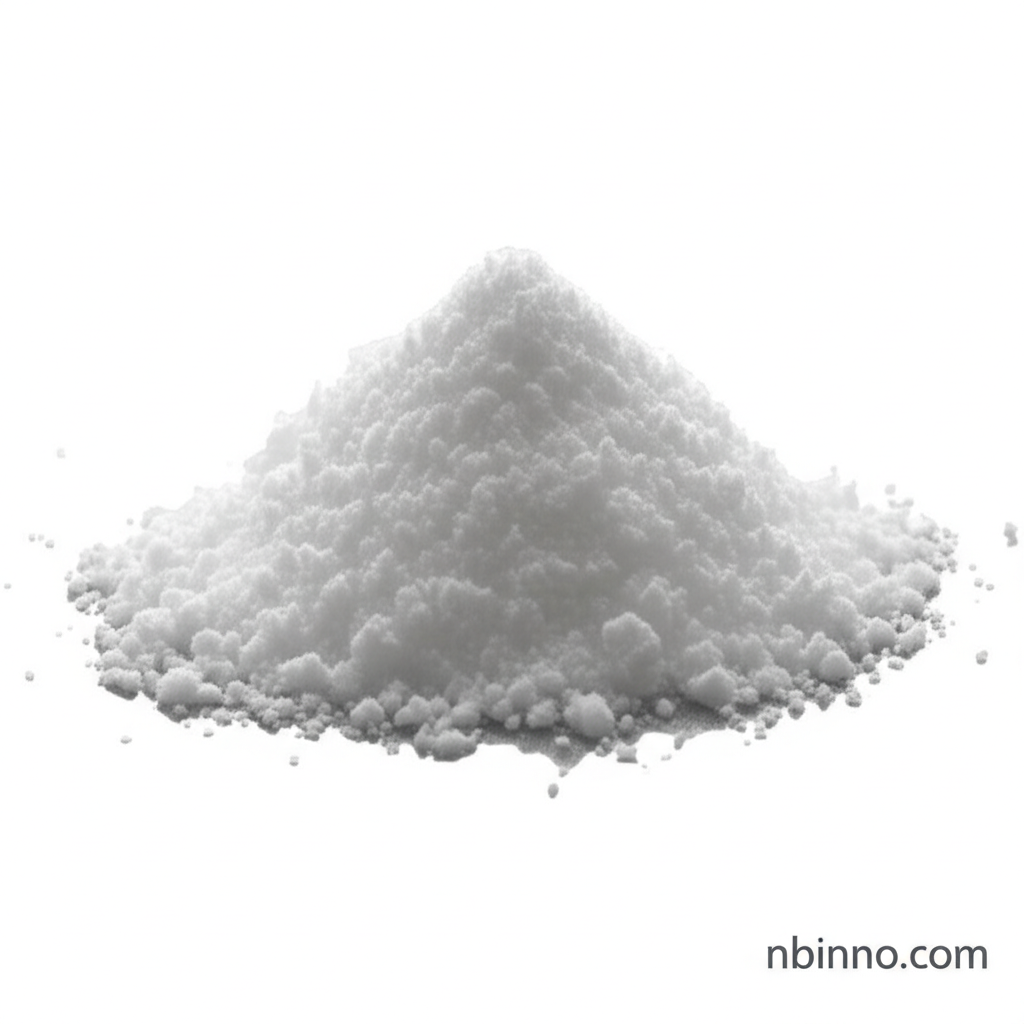Sulfanilamide (CAS 63-74-1): Properties, Applications, and Mechanism of Action
Discover the essential details of Sulfanilamide, a key pharmaceutical ingredient with broad antibacterial properties.
Get a Quote & SampleProduct Core Value

Sulfanilamide
Sulfanilamide (CAS 63-74-1) is a foundational compound in antibacterial therapy, renowned for its ability to inhibit bacterial growth by interfering with folic acid synthesis. Its efficacy as a topical anti-inflammatory agent and its role as a crucial pharmaceutical intermediate make it a vital component in various medical applications.
- Mechanism of Action: As a sulfonamide antibiotic, sulfanilamide competitively inhibits enzymatic reactions involving para-aminobenzoic acid (PABA), a vital component for bacterial folic acid synthesis, thus preventing bacterial proliferation.
- Pharmaceutical Intermediate: It serves as a key raw material for the synthesis of a wide range of sulfa drugs, demonstrating its importance in the pharmaceutical supply chain.
- Broad Antimicrobial Spectrum: Sulfanilamide exhibits antimicrobial effects against various bacteria, including hemolytic streptococcus and staphylococcus aureus, making it a versatile agent.
- Topical Application: While systemic use is limited, sulfanilamide remains effective in topical preparations, often used for wound treatment and treating specific infections.
Key Advantages
Bacteriostatic Action
Sulfanilamide's ability to halt bacterial growth and multiplication by inhibiting folic acid synthesis makes it a potent bacteriostatic agent.
Versatile Pharmaceutical Use
It is an important intermediate for synthesizing various sulfa drugs, offering a broad application in drug development and manufacturing.
Historical Significance
Sulfanilamide played a pivotal role in the early development of chemotherapy, paving the way for modern antibiotic therapies.
Key Applications
Pharmaceutical Synthesis
As a key intermediate, sulfanilamide is indispensable in the synthesis of various sulfa drugs, contributing significantly to the pharmaceutical industry.
Topical Treatments
It is utilized in topical preparations for its antibacterial and anti-inflammatory properties, particularly in wound care and treatment of specific localized infections.
Antimicrobial Agent
Sulfanilamide demonstrates broad-spectrum activity against various gram-positive and gram-negative bacteria, offering therapeutic benefits in targeted applications.
Research and Development
Its well-defined mechanism of action makes it a valuable compound for research into bacterial metabolism and the development of new antimicrobial strategies.
